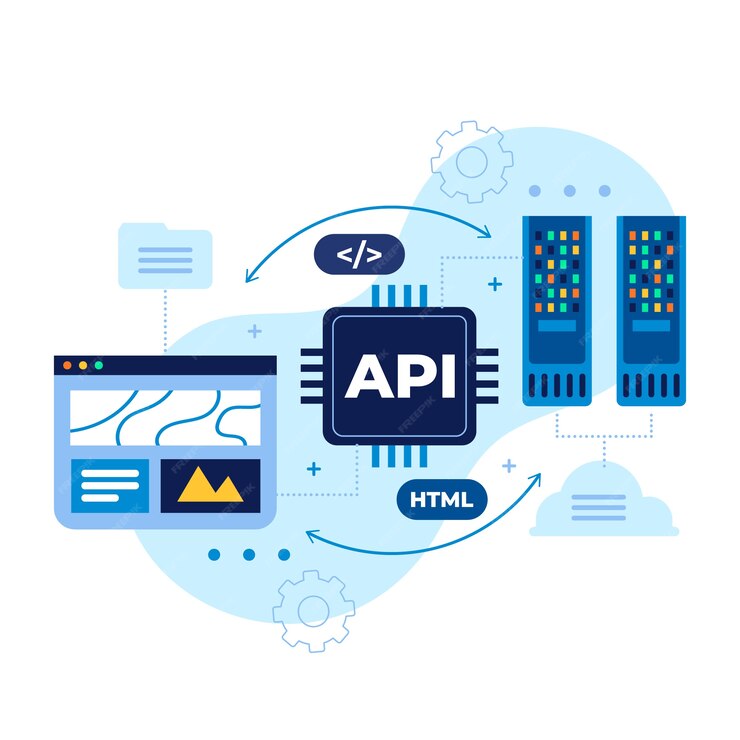API (Application Programming Interface)
What is API (Application Programming Interface)?
Definition:
“API” in the realm of software development and technology stands for Application Programming Interface. An API serves as a set of rules and protocols that allows one software application to interact with another. It defines the methods and data formats that applications can use to communicate, enabling seamless integration and functionality between different software systems.
Analogy:
Consider an API as the menu in a restaurant. The menu lists the dishes available, along with a description of each. The kitchen, which represents the underlying system, prepares the dishes as per the menu’s specifications. In this analogy, the menu serves as the API, facilitating the interaction between the customer (user) and the kitchen (system).
Further Description:
In the digital landscape, APIs enable different software applications to communicate and share data with each other. They provide a standardized way for developers to access specific features or data from a service or platform, without requiring access to the internal workings of that system. APIs can be utilized to integrate third-party services, retrieve data from databases, or perform various functions within an application.
Why is API Important?
APIs play a crucial role in fostering interoperability and collaboration between different software systems. They allow developers to leverage existing functionalities without needing to understand the intricacies of the underlying code. APIs are the building blocks of many modern applications, enabling the creation of feature-rich and interconnected software solutions.
Examples and Usage:
- Data Retrieval: An application can use an API to retrieve real-time weather data from a weather service and display it within the app.
- Payment Processing: E-commerce platforms integrate payment APIs to securely process transactions using external payment gateways.
- Social Media Integration: Applications often use social media APIs to allow users to sign in using their social media accounts or share content seamlessly.
- Mapping Services: Mapping APIs enable applications to integrate maps and location-based services into their functionalities.
Basically, APIs serve as the bridges that enable different software applications to communicate and share data effectively. The specific functionalities and data accessible through an API may vary depending on the service or platform being utilized.
For example, a social media API may provide access to user profiles and posts, while a payment gateway API facilitates secure transactions for e-commerce applications.
Key Takeaways:
- API stands for Application Programming Interface, serving as a set of rules and protocols for software applications to interact with each other.
- It enables seamless integration and communication between different software systems.
- APIs allow developers to access specific features or data from a service without needing to understand its internal workings.
- They play a crucial role in fostering interoperability and collaboration in the digital landscape.
Table of Contents





